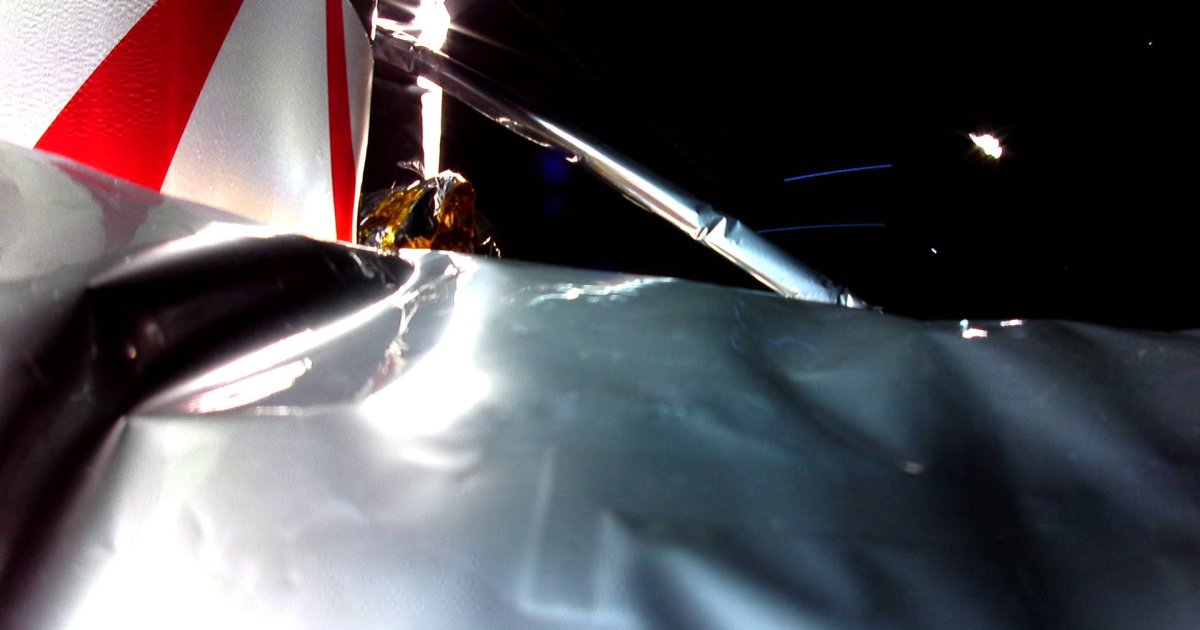
The launch of Astrobotic’s Peregrine Mission 1 on Monday marked the first attempt to put an American lander on the moon since the final Apollo mission in 1972, but sadly it won’t be happening.
A few hours after liftoff from the Kennedy Space Center, news came through that the Peregrine spacecraft suffered a “critical” propellant leak that meant Astrobotic had little hope of becoming the first commercial company to achieve a soft landing on the moon.
And then, on Tuesday, after having further investigated the situation, the Pittsburgh-based company confirmed that there was now “no chance of a soft landing on the moon.”
In a post on social media later in the day, Astrobotic suggested that the propellant leak had been caused by the failure of a valve to reseal itself.
The company explained: “Astrobotic’s current hypothesis about the Peregrine spacecraft’s propulsion anomaly is that a valve between the helium pressurant and the oxidizer failed to reseal after actuation during initialization.
“This led to a rush of high-pressure helium that spiked the pressure in the oxidizer tank beyond its operating limit and subsequently ruptured the tank.”
It said there was no indication that the propulsion anomaly occurred as a result of the launch, which involved the maiden flight of ULA’s Vulcan Centaur rocket.
Astrobotic described its analysis as “a working theory,” adding that it’s still gathering all available data from the spacecraft ahead of a full analysis report that will be produced by a formal review board comprising industry experts.
NASA contracted Astrobotic to send the Peregrine lander to the lunar surface with 20 payloads for government and commercial customers. The mission is part of NASA’s CLIPS (Commercial Lunar Payload Services) program, which involves the agency partnering with private firms to send science missions to the moon ahead of the first Artemis crewed landing, which on Tuesday was rescheduled from 2025 to the following year.
As of 1 p.m. ET on Tuesday, Astrobotic estimated that the spacecraft would stay operational for a further 40 hours, suggesting that it will finally run out of propellant at around 5 a.m. ET on Thursday. However, it added that it’s continuing to explore ways to keep it running longer, enabling it to continue to receive “valuable data” while also testing spaceflight operations for components and software related to its next lunar lander mission, Griffin, which is currently set for later this year.
Editors’ Recommendations
Services Marketplace – Listings, Bookings & Reviews
